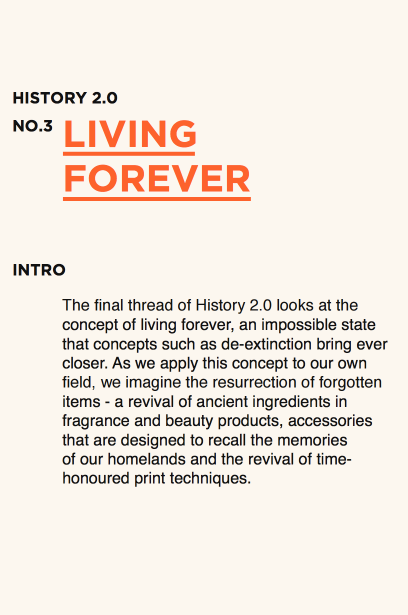Strengths
- Rotational international exhibitions.
- Increasingly intergrating sensory experiences into new exhibitions.
- Becoming more aware of millennial users and embracing change.
- Workshops and memberships invite wider community to network though not appealing to millennials.
- Changing the text on wall labels adjusting to more relatable language.
- Aware of different learning styles.
- A lot of resources available to the public.
Weaknesses
- Even though they have a lot of resources available to the public, they are not well known about.
- Most interactive elements within exhibition are limited to information telling rather than taking on a journey with user input.
- Long term exhibitions are stagnant.
- Tourist focused.
- No representation of local culture.
- More about generic New Zealand rather than actual representation of the people of New Zealand as a collective.
- Only the paid exhibitions are interesting to local millennials, though are put off by having to pay.
Opportunities
- Industry specialists such as geologists on site, this could be utilised to connect on a more personal level with users regarding education.
- Creating real time experiences that users can’t get from their computer. Such as immersive sensory experiences with hands on learning.
- Create a social hub that reflects the city it is in.
- Reflect the changing identity of New Zealand becoming more diverse.
- Raising awareness of current resources available to the public, taking hold of educational opportunities to branch out what Te Papa does.
- Creating a rotational, modular exhibition space for regular turn over for exhibitions that could then become packaged tours to move around the country and easily create an international feel.
- Extending their footprint out into the streets, taking Te Papa to the people.
Threats
- Changing diversity of New Zealand.
- Internet providing immediate information.
- Exhibitions are all about the past rather than the future, millennials are more interested in the current and future.
- Millennials dont like to pay for new content.




































